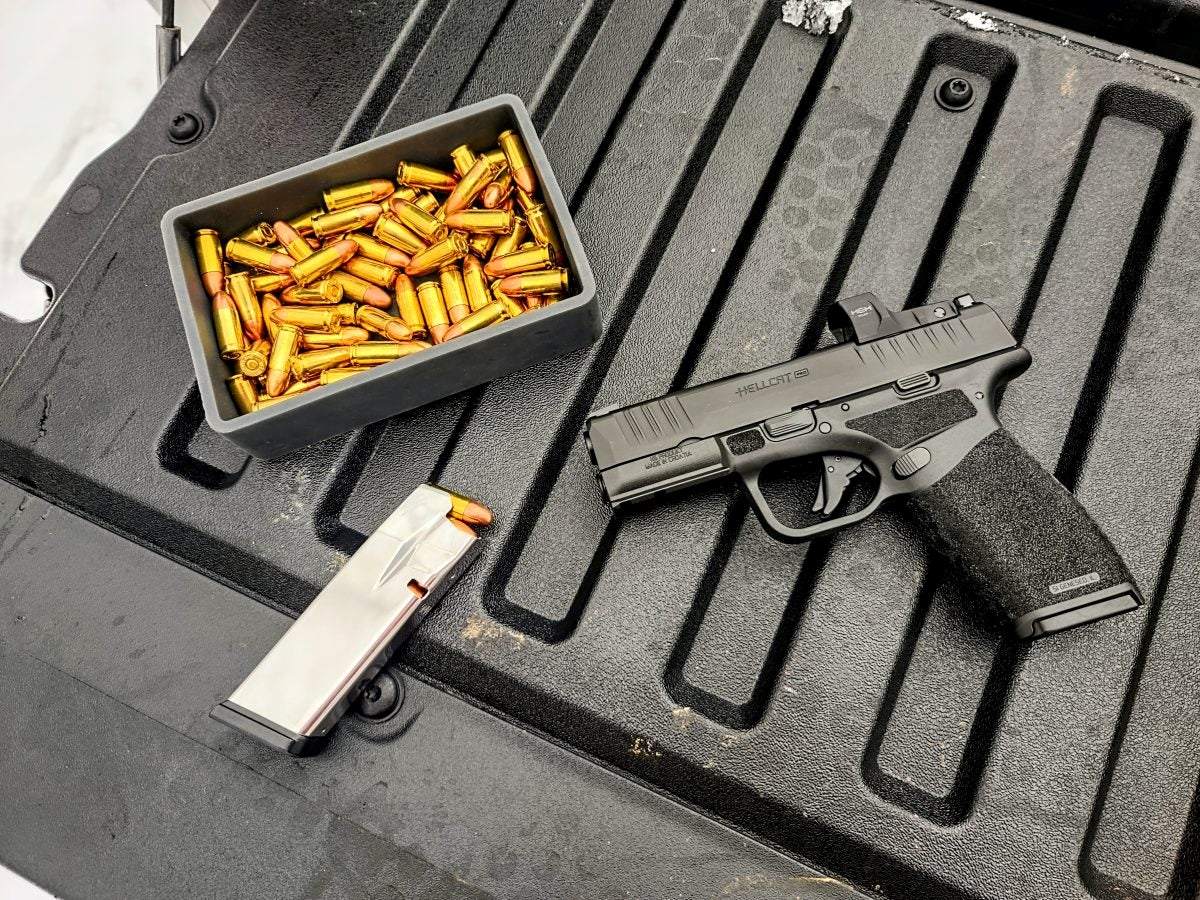

Articles
How To Store Ammo Correctly
Modified: January 8, 2024
"Learn expert tips on how to store ammunition correctly with our informative articles. Ensure the safety and longevity of your ammo collection."
(Many of the links in this article redirect to a specific reviewed product. Your purchase of these products through affiliate links helps to generate commission for Storables.com, at no extra cost. Learn more)
Introduction
Properly storing your ammunition is crucial for maintaining its performance and safety. Whether you are a seasoned shooter or a casual gun owner, understanding the importance of ammo storage is essential. By following the correct practices, you can extend the lifespan of your ammunition and ensure it remains reliable when you need it most.
Improper ammunition storage can lead to a multitude of issues, such as degradation of quality, reduced accuracy, and even potential safety hazards. Factors such as temperature, humidity, and exposure to light can all have a significant impact on the condition of your ammunition. In this article, we will explore the various factors that can affect the storage of ammo, as well as provide practical tips on how to store it correctly.
By implementing proper storage techniques, you not only protect your investment in ammunition but also guarantee the safety of yourself and those around you. So let’s delve into the world of ammo storage and discover how to ensure your ammunition remains in optimal condition.
Key Takeaways:
- Proper ammo storage is crucial for longevity, reliability, and safety. Factors like temperature, humidity, and container choice play a significant role in maintaining the quality of your ammunition.
- Organizing, labeling, and periodic inspection are key to ensuring reliable and safe ammunition. By following best practices for storage, you can maximize the lifespan and effectiveness of your rounds.
Read more: How To Store Ammo
Importance of Proper Ammo Storage
Proper ammunition storage is crucial for several reasons. First and foremost, it ensures the longevity and reliability of your ammunition. When stored correctly, ammo maintains its quality, ensuring consistent performance and accuracy. This is particularly important for firearms enthusiasts who rely on their ammunition for hunting, self-defense, or competitive shooting.
Another key reason for proper ammo storage is safety. Ammunition is essentially a controlled explosion waiting to happen. Storing it in the wrong conditions or mishandling it can lead to accidents, injuries, or even fatalities. By storing your ammo correctly, you minimize the risk of accidental discharge or any other potential hazards.
Proper ammo storage also protects your investment. Ammunition can be expensive, especially for high-demand calibers and specialty rounds. By taking care of your ammo and storing it correctly, you can avoid unnecessary deterioration and potential wastage. This allows you to get the most out of each round, both in terms of performance and cost-effectiveness.
Furthermore, proper ammo storage helps comply with legal requirements. Certain jurisdictions have specific regulations regarding the storage of ammunition to ensure public safety. By adhering to these regulations, you avoid potential legal issues and contribute to a responsible firearms culture.
Lastly, proper ammo storage contributes to peace of mind. Knowing that your ammunition is secure and in prime condition allows you to have confidence in your firearms system. Whether you need your ammo for self-defense or recreational shooting, having peace of mind in the reliability and effectiveness of your ammunition is essential.
In the next sections, we will explore the various factors that can impact the storage of ammunition and provide practical tips on how to store your ammo correctly to ensure its longevity, safety, and performance.
Factors Affecting Ammo Storage
Several factors can significantly impact the storage of ammunition and its overall condition. Understanding these factors is essential for maintaining the quality and reliability of your ammo. Let’s take a closer look at the key elements that can affect ammo storage:
- Temperature: Extreme temperatures can have detrimental effects on ammunition. High temperatures can cause the components of ammo, such as powder and primers, to degrade or even become combustible. On the other hand, extremely cold temperatures can make the ammunition less effective and may cause malfunctions. It is important to store ammunition in a cool and stable temperature environment.
- Humidity: Moisture is a significant enemy of ammunition. High humidity levels can lead to corrosion of the cartridges, damaging the components and reducing their reliability. It is crucial to store ammo in a dry environment, preferably with humidity levels below 50%. The use of desiccant packs or dehumidifiers can help maintain optimal humidity levels.
- Light Exposure: Exposure to UV rays from direct sunlight can degrade ammunition over time. It is important to store ammo in a dark or low-light environment. If using transparent containers, consider covering them with a light-blocking material to protect the integrity of the ammo.
- Vibration: Excessive vibration can loosen bullets from the casing or damage the primer, affecting the performance and reliability of the ammunition. Avoid storing ammo in areas with constant vibrations, such as near heavy machinery, and ensure you handle ammunition gently to minimize any potential damage.
- Cleanliness: Maintaining cleanliness is important while storing ammunition. Make sure the ammo is free from dirt, debris, and moisture before storing it. Dirty or contaminated ammunition can lead to malfunctions and reduce the overall performance of the rounds.
Understanding and mitigating these factors will help ensure the integrity and reliability of your ammunition. In the next section, we will discuss the different types of ammo containers available and how to choose the appropriate one for your storage needs.
Choosing the Right Ammo Container
Selecting the correct container for storing your ammunition is essential for preserving its quality and protecting it from external factors. Here are some factors to consider when choosing an ammo container:
- Durability: Look for a container that is durable and can withstand various storage conditions. Opt for containers made of sturdy materials such as metal, hard plastic, or ammo-specific cans. These materials offer better protection against impacts, moisture, and other potential hazards.
- Sealing: Ensure the container has a reliable sealing mechanism to prevent moisture, dust, and debris from entering. Look for containers with rubber gaskets or O-rings that create a tight and waterproof seal, keeping your ammunition safe and dry.
- Size: Consider the amount of ammunition you need to store and choose a container that accommodates your needs. It is essential to avoid overpacking to prevent unnecessary pressure on the rounds. Leave enough space for air circulation within the container.
- Visibility: Transparent containers or those with clear lids allow you to easily identify the contents without having to open each container. This can save you time and effort when accessing your ammunition.
- Portability: Depending on your storage needs, consider the portability of the container. If you plan to transport your ammunition frequently, look for lightweight and portable options that offer easy handling and secure closure.
- Security: If you have concerns about unauthorized access to your ammunition, consider containers with locking features or the ability to use padlocks. This adds an extra layer of security, especially if you have children or non-authorized individuals in your household.
- Organization: Look for containers with dividers or compartments to keep your ammunition organized and prevent it from shifting during storage or transport. This helps maintain the condition of the rounds and makes it easier to access specific calibers or types of ammo.
Remember, the primary goal is to select a container that provides adequate protection against moisture, temperature changes, and physical damage. Additionally, ensure the container is large enough to accommodate your current and future ammunition needs. By choosing the right ammo container, you can significantly prolong the lifespan of your ammunition and keep it in optimal condition.
In the next section, we will discuss the importance of temperature and humidity control when storing ammunition.
Temperature and Humidity Control
Proper temperature and humidity control are crucial aspects of ammo storage. By maintaining the right conditions, you can prevent degradation, corrosion, and other issues that can affect the performance and longevity of your ammunition. Here are some tips for controlling temperature and humidity:
- Temperature: Store your ammunition in a cool and stable temperature environment, ideally between 55-75 degrees Fahrenheit (13-24 degrees Celsius). Avoid extreme temperature fluctuations, as they can cause the components of the ammunition to degrade or become less reliable. For prolonged storage, consider using a temperature-controlled space, such as a dedicated gun safe or a climate-controlled room.
- Humidity: High humidity levels can lead to corrosion and damage to the ammunition. Ideally, the humidity should be kept below 50%. Consider using silica gel packets or desiccant packs in your ammo containers to absorb moisture and maintain optimal humidity levels. If necessary, invest in a dehumidifier for the storage area to control humidity more effectively.
- Moisture Barriers: Place a moisture barrier, such as a layer of plastic or waterproof material, between your ammo and the surface it rests on. This helps prevent any moisture absorption from the surrounding environment.
- Air Circulation: Ensure proper airflow within your storage area or container. Good ventilation helps prevent moisture buildup and reduces the chances of condensation forming on the ammunition. Avoid sealing ammo containers too tightly, as this may restrict airflow and lead to moisture retention.
- Dealing with Condensation: If you notice any condensation on your ammo containers or cartridges, it is crucial to address the issue immediately. Wipe off the moisture using a clean, dry cloth, and consider moving the ammunition to a drier location or adjusting the humidity control measures in your storage area.
By controlling temperature and humidity, you can ensure the long-term stability and reliability of your ammunition. Proper storage can significantly extend the shelf life of your ammo and maintain its performance when you need it most.
Next, let’s explore the importance of organizing and labeling your ammunition for easy access and proper inventory management.
Store ammo in a cool, dry place away from direct sunlight and extreme temperatures. Keep it in its original packaging or in airtight containers to prevent moisture and corrosion. Regularly check for any signs of damage or deterioration.
Read more: How To Store Ammo At Home
Organizing and Labeling Ammo
Organizing and labeling your ammunition is a crucial step in ensuring easy access, proper inventory management, and overall safety. By implementing a structured system, you can quickly identify and retrieve the ammo you need while keeping track of quantities and expiration dates. Here are some tips for organizing and labeling your ammunition:
- Categorize by Caliber: Group your ammunition by caliber to make it easier to locate the specific rounds you need for each firearm. This allows for quick identification and minimizes the chances of using the wrong ammo.
- Use Clear Containers: When using storage containers or ammo boxes, opt for transparent ones or those with clear lids. This allows you to visually identify the contents without having to open each container. You can also consider using colored containers to differentiate between calibers or types of ammunition.
- Labeling: Label each container or box with the caliber, quantity, and date of purchase or expiration. This helps you keep track of the age and usage of your ammunition, ensuring you rotate stock and prioritize using older rounds first.
- Use Inventory Management Software: If you have a large collection of ammunition, consider using inventory management software to track and organize your inventory. These tools allow you to input information such as quantity, caliber, purchase dates, and expiration dates. Some software even provides alert systems to notify you when certain ammo is nearing its expiration date.
- Consider Racks or Shelving: Utilize racks or shelving systems in your storage area to maximize space and keep your ammunition organized and easily accessible. This helps prevent accidental damage or mixing of different calibers.
- Regularly Update and Maintain: Take the time to regularly review and update your ammunition inventory. Remove any damaged or expired rounds, and ensure all labels and containers are still in good condition. This helps maintain an accurate inventory and ensures you are using reliable and safe ammunition.
By organizing and labeling your ammunition, you create an efficient and safe storage system that allows for quick identification and easy tracking of inventory. This level of organization also promotes responsible gun ownership and reduces the risk of using expired or unreliable ammunition.
Next, let’s discuss some safety precautions to keep in mind when storing ammunition.
Safety Precautions
When it comes to storing ammunition, safety should always be a top priority. By following these safety precautions, you can minimize the risk of accidents and ensure the well-being of yourself and those around you:
- Keep Ammunition Away from Heat Sources: Store your ammunition away from heat sources such as direct sunlight, stoves, heaters, or any other devices that emit heat. Heat can cause the powder inside the cartridges to become unstable, leading to malfunctions or even accidental discharges.
- Store Separately from Firearms: Keep your ammunition stored separate from your firearms. This reduces the risk of unauthorized use or access to loaded firearms and minimizes the chances of accidents. Locking up both firearms and ammunition is highly recommended for optimal safety.
- Use Locking Devices: Consider utilizing locking devices or dedicated gun safes to secure your ammunition. This prevents unauthorized access, especially if you have children or non-authorized individuals in your household.
- Follow the Manufacturer’s Recommendations: Always follow the manufacturer’s guidelines on proper storage and handling of ammunition. Different types of ammunition may have specific storage requirements, and it is important to adhere to these recommendations to ensure safety and maintain the integrity of the rounds.
- Properly Dispose of Damaged or Expired Ammo: If you come across any damaged or expired ammunition, do not attempt to use or store it. Properly dispose of it following local regulations and guidelines. Explosive ordnance disposal units or local law enforcement agencies can assist you in safely disposing of ammunition.
- Keep Ammunition Dry: Moisture is one of the biggest enemies of ammunition. Ensure your ammo remains dry by storing it in a cool and dry environment. Consider using moisture-absorbing materials such as silica gel packets or desiccant packs in your storage containers to minimize humidity and prevent moisture-related issues.
- Regularly Inspect Ammo and Containers: Conduct periodic inspections of your ammunition and storage containers to ensure they are in good condition. Check for signs of corrosion, damage, or any other abnormalities. If any issues are found, take appropriate action, such as replacing damaged containers or disposing of compromised ammunition.
By following these safety precautions, you can create a secure and responsible environment for storing ammunition. Remember, responsible firearm ownership includes proper handling, storage, and maintenance of both firearms and ammunition.
Next, let’s discuss storage locations to avoid when storing your ammunition.
Storage Locations to Avoid
Choosing the right location for storing your ammunition is just as important as proper container selection and temperature control. Avoiding certain storage locations can help prevent potential hazards and ensure the longevity and safety of your ammunition. Here are some storage locations to avoid:
- Moist Areas: Avoid storing ammunition in areas prone to high humidity or moisture, such as basements, crawl spaces, or areas near water sources. Moisture can lead to corrosion and damage to the ammunition components, compromising their reliability.
- Direct Sunlight: Exposure to direct sunlight can lead to accelerated degradation of ammunition. Avoid storing ammo in areas where it is exposed to prolonged sunlight, such as near windows or in vehicles. UV rays can affect the chemical composition and performance of the rounds.
- Extreme Temperatures: Make sure to avoid storage in locations with extreme temperatures, such as attics, unventilated sheds, or unheated garages. Rapid temperature fluctuations or excessively high or low temperatures can affect the stability and reliability of the ammunition.
- High Traffic Areas: Storing ammunition in high traffic areas increases the risk of unintentional mishandling or accidental discharge. It is advisable to keep ammunition in a secure, locked location away from areas where children or non-authorized individuals may have access.
- Chemical Storage Areas: Avoid storing ammunition in proximity to chemicals, solvents, or substances with strong odors. Certain chemicals, especially those with corrosive properties, can negatively affect the ammunition’s components and compromise its reliability and safety.
- Unstable Surfaces: Store your ammunition on stable and secure surfaces. Avoid storing it on uneven, unsteady, or easily accessible surfaces that can lead to accidental damage or unauthorized handling. Use proper storage containers and racks to ensure stability and security.
- Fire Hazards: Keep ammunition away from potential fire hazards such as flammable liquids, fuels, or open flames. In the event of a fire, ammunition can become a significant safety concern and increase the risk of explosions.
By avoiding these storage locations, you can minimize the risk of accidents, damage, or deterioration of your ammunition. Remember, maintaining a safe and controlled storage environment is essential for the longevity and reliability of your ammunition.
In the next section, we will discuss the importance of periodic inspection and maintenance of your ammunition.
Periodic Inspection and Maintenance
Periodic inspection and maintenance of your ammunition are crucial steps in ensuring its reliability and safety. By regularly assessing the condition and performance of your ammo, you can identify any issues or potential problems. Here are some guidelines for conducting proper inspection and maintenance:
- Visual Examination: Inspect your ammunition visually for any signs of damage, corrosion, or abnormalities. Look for dents, scratches, or discoloration on the casings. If you notice any visible defects, it is recommended to discard the affected rounds.
- Check for Proper Storage: Ensure that your ammunition is stored in the appropriate containers and conditions. Check that the sealing mechanisms are intact and working effectively. Verify that the containers are free from moisture, dust, and any other potentially damaging substances.
- Verify Labels and Dates: Review the labels on your ammunition containers to confirm that they are accurate and legible. Check expiration dates, if applicable, to ensure that you prioritize using older rounds first and properly dispose of any expired ammunition.
- Function Testing: Regularly test-fire a small sample of your ammunition to ensure its reliability and consistency. This can be done at a shooting range or in a safe and controlled environment. Observe the performance and accuracy of the rounds to identify any potential issues.
- Check for Damage: Inspect the ammunition components, such as the bullets, casings, and primer, for any signs of damage, deformation, or deterioration. Damaged components can affect the overall performance and reliability of the ammunition.
- Dispose of Damaged Rounds: If you discover any ammunition that shows signs of damage, corrosion, or deterioration, it is best to err on the side of caution and dispose of it properly. Contact your local authorities or explosive ordnance disposal units for guidance on how to safely dispose of damaged or compromised ammunition.
- Keep Records: Maintain a detailed record of your ammunition inventory, including quantities, types, purchase dates, and any relevant observations. This helps you track usage, prioritize older rounds, and maintain an organized and up-to-date inventory.
Regular inspection and maintenance of your ammunition ensure that you are using reliable and safe rounds. By taking the time to assess the condition and performance of your ammo, you can have confidence in its reliability when it matters most.
Now that we’ve covered the importance of periodic inspection and maintenance, let’s wrap up the article.
Read more: How To Store Ammo For Long Time
Conclusion
Properly storing your ammunition is essential for ensuring its longevity, reliability, and safety. By understanding the factors that can affect ammo storage, choosing the right containers, controlling temperature and humidity, organizing and labeling your ammunition, following safety precautions, avoiding improper storage locations, and conducting periodic inspection and maintenance, you can maintain the quality and performance of your rounds.
Remember, ammunition is a valuable investment, and by taking the necessary steps to store it correctly, you can maximize its lifespan and effectiveness. Maintaining a safe and controlled storage environment not only protects your ammunition but also ensures the safety of yourself and others.
Make it a priority to store your ammunition in a cool, dry place with proper temperature and humidity control. Choose durable and appropriately sized containers, organize and label your ammunition for easy access and inventory management, and follow all recommended safety precautions. Avoid storing ammunition in areas with extreme temperatures, moisture, or unsuitable conditions.
Periodic inspection and maintenance are essential to identify any issues or signs of deterioration. Regularly check for damage, validate labels and dates, and function test a sample of your ammunition to ensure reliability and performance. Dispose of any damaged or expired rounds safely and keep thorough records to maintain an organized inventory.
By implementing these best practices for ammunition storage, you can have peace of mind knowing that your ammunition is stored correctly and ready for use when needed.
Remember, responsible firearms ownership extends beyond just purchasing and using firearms. Proper ammunition storage is an essential aspect of responsible gun ownership, contributing to the overall safety and reliability of your firearms system.
So take the time to store your ammunition correctly, follow the guidelines outlined in this article, and enjoy the peace of mind that comes from knowing your ammunition is in optimal condition.
Frequently Asked Questions about How To Store Ammo Correctly
Was this page helpful?
At Storables.com, we guarantee accurate and reliable information. Our content, validated by Expert Board Contributors, is crafted following stringent Editorial Policies. We're committed to providing you with well-researched, expert-backed insights for all your informational needs.
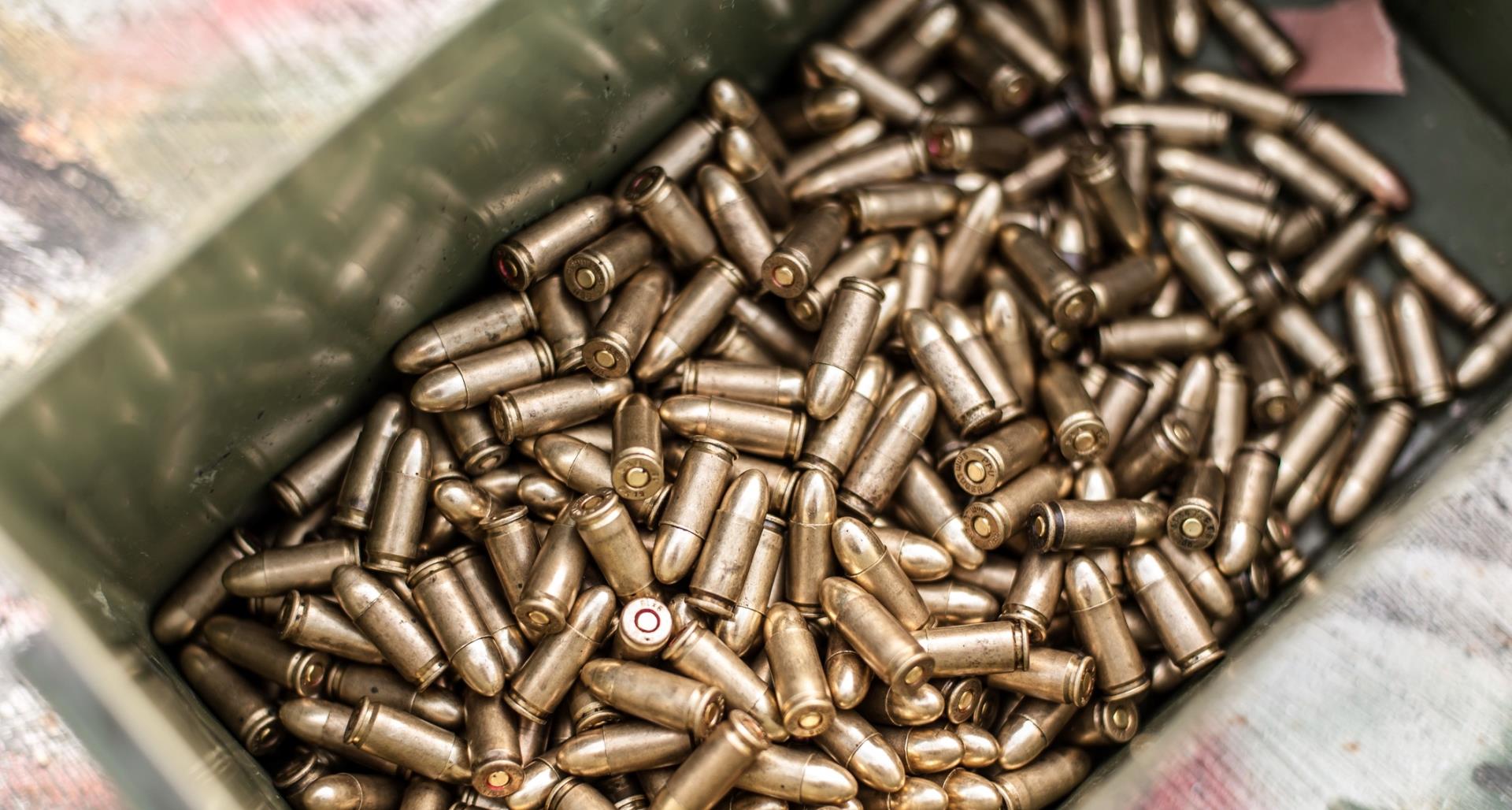

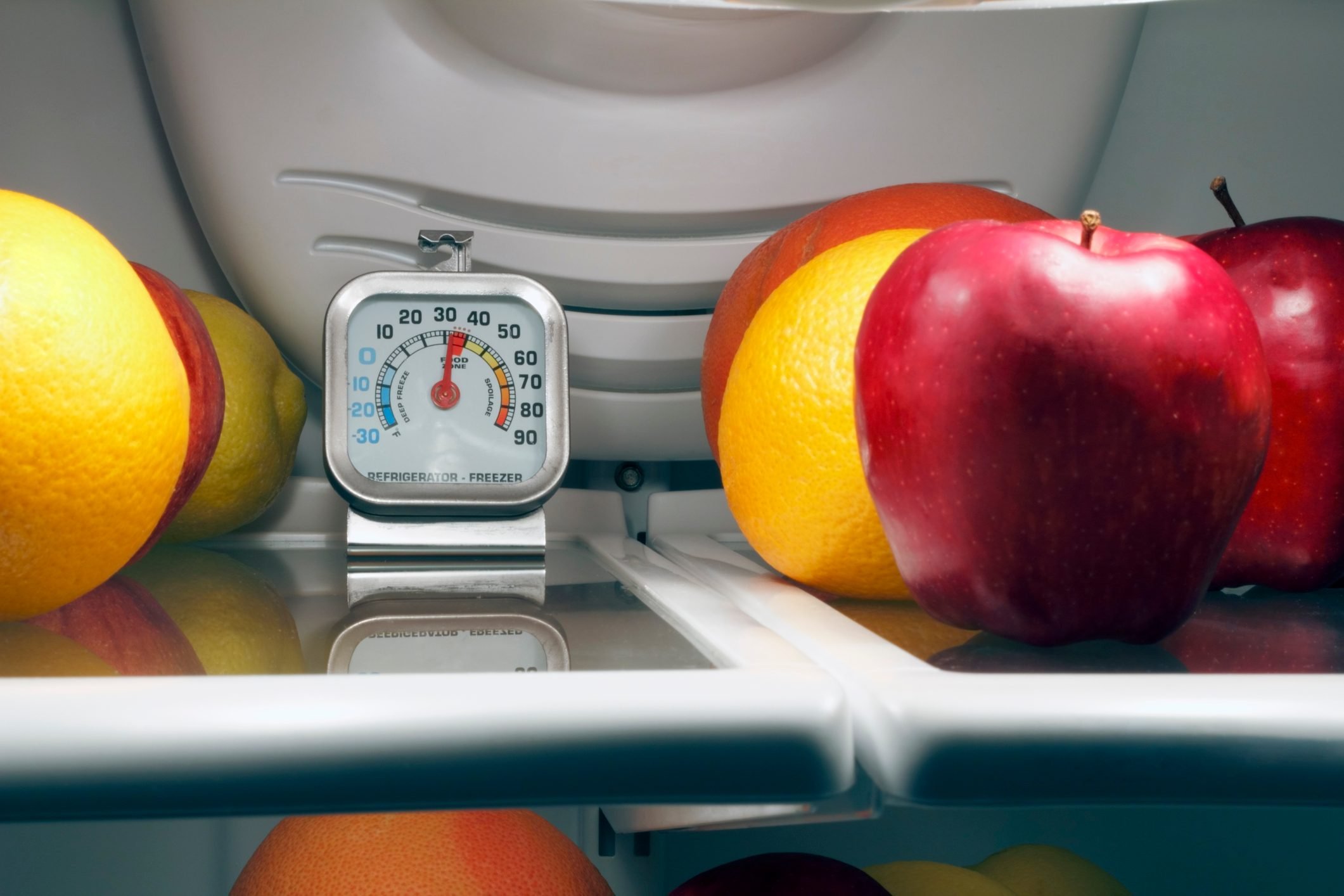
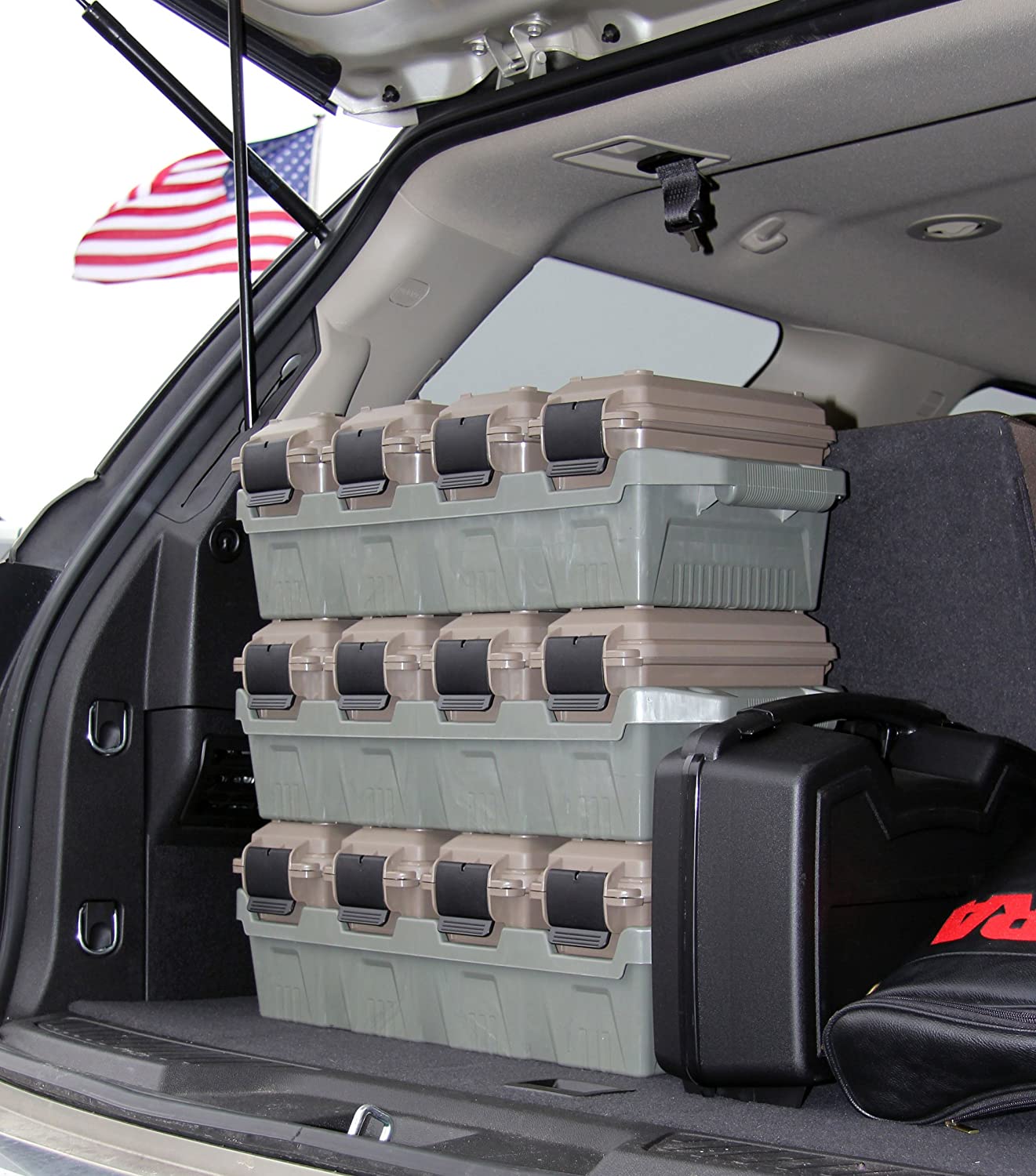
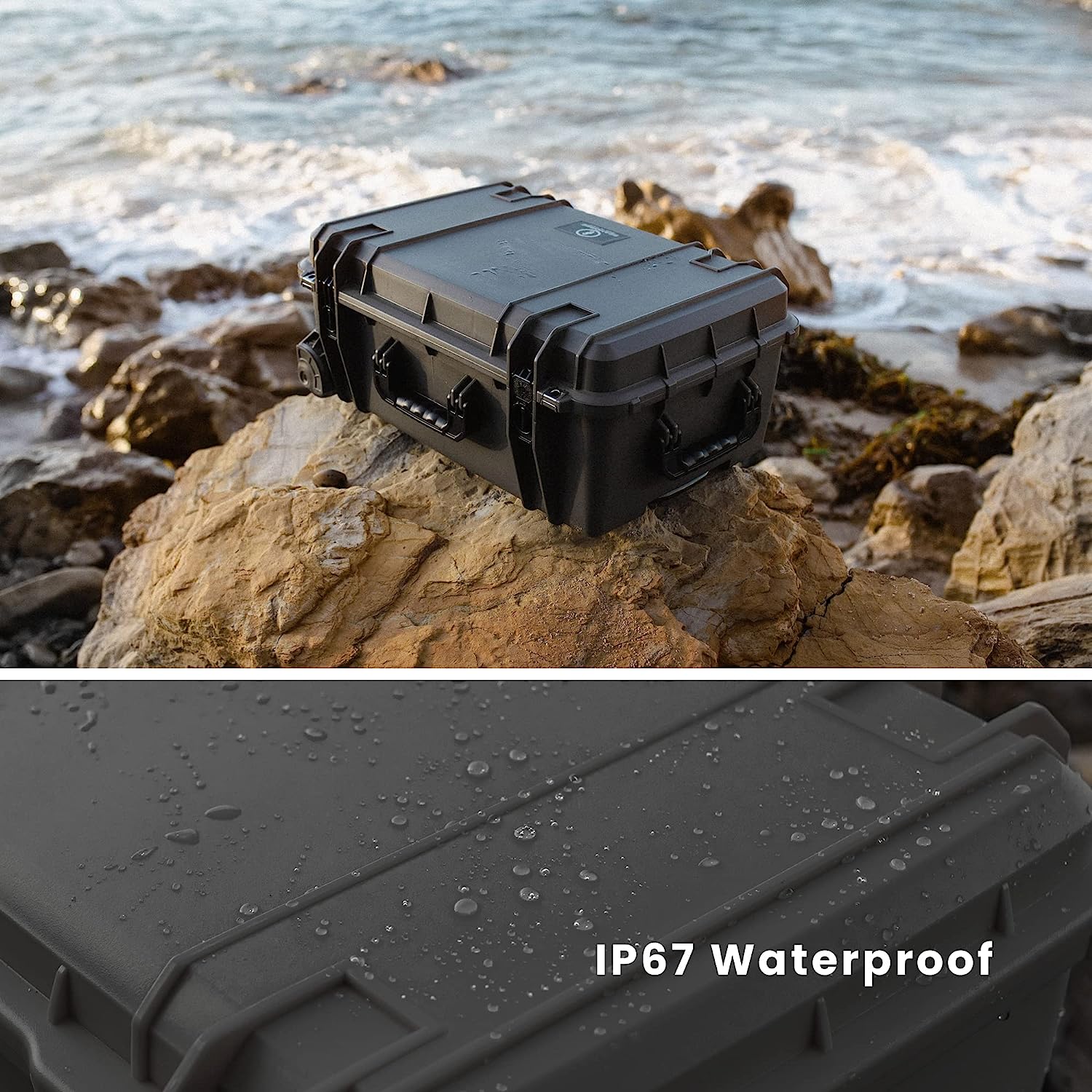
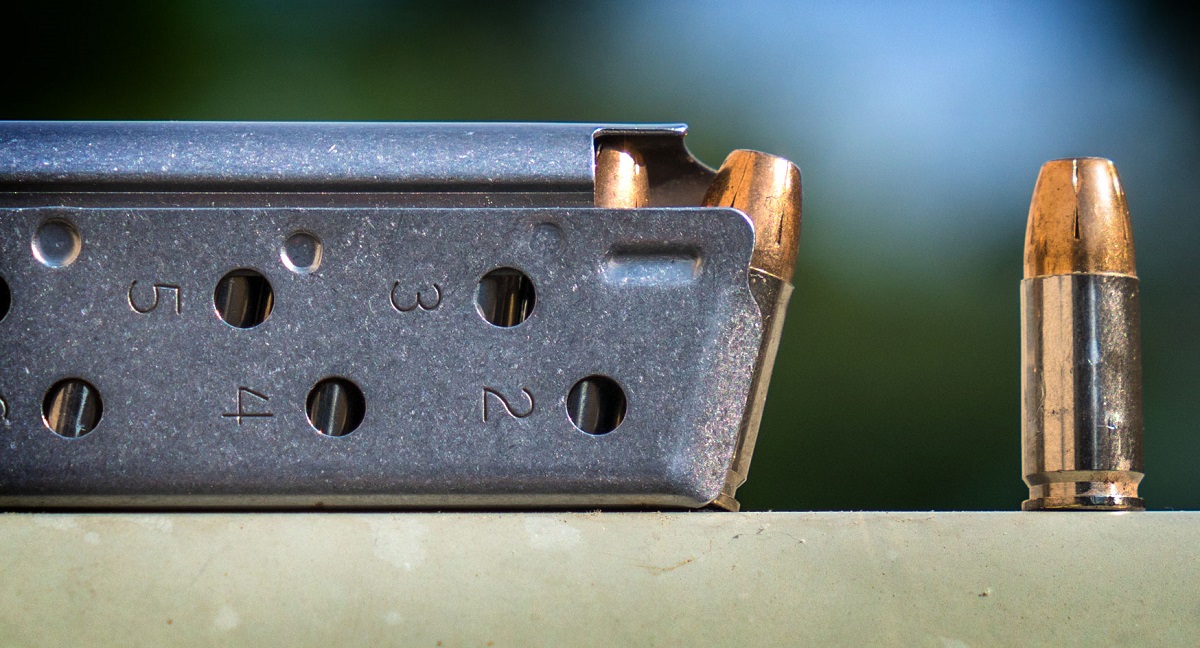
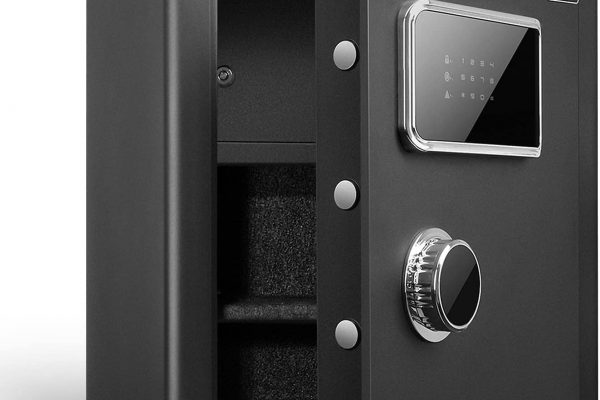
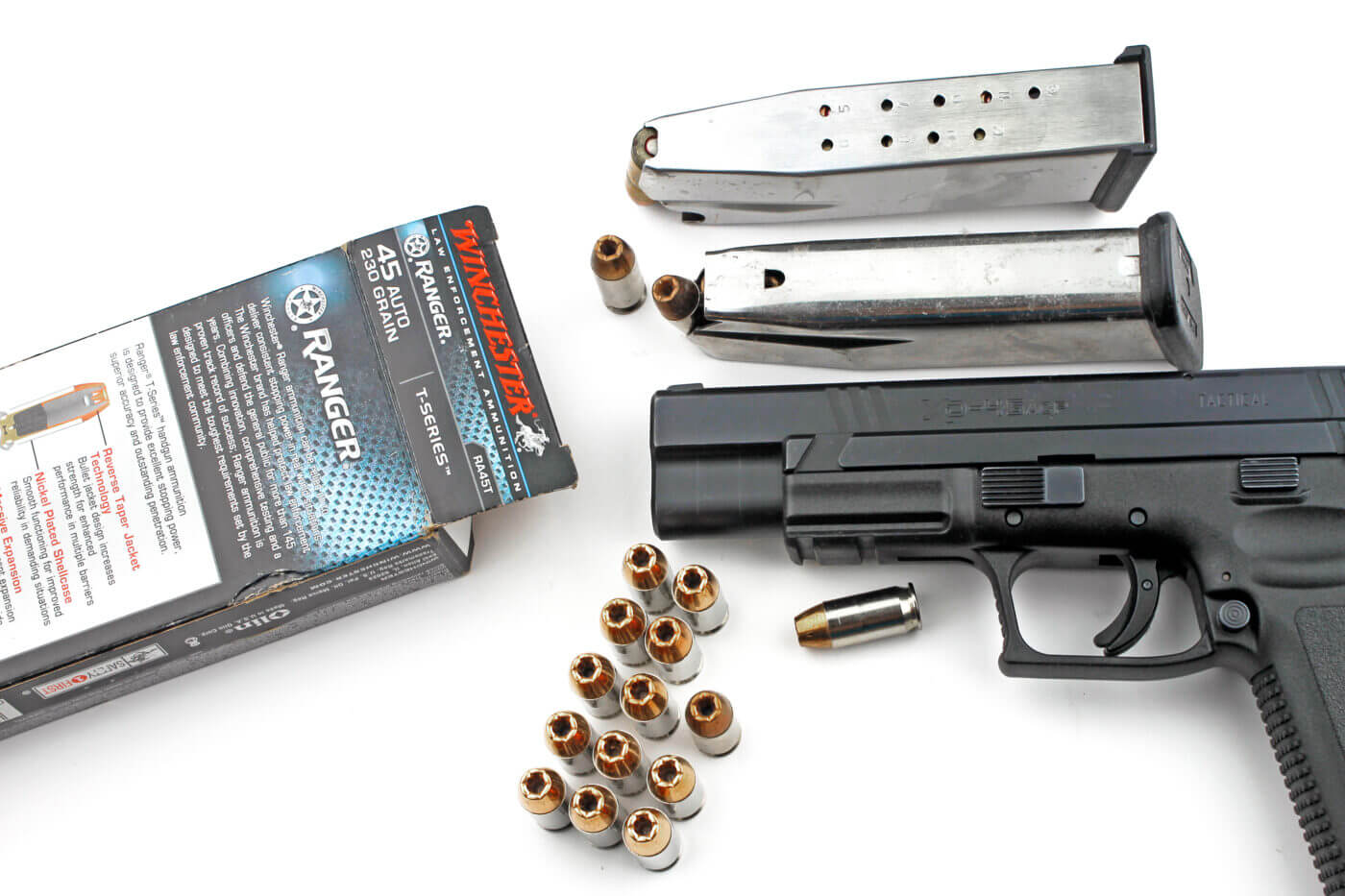

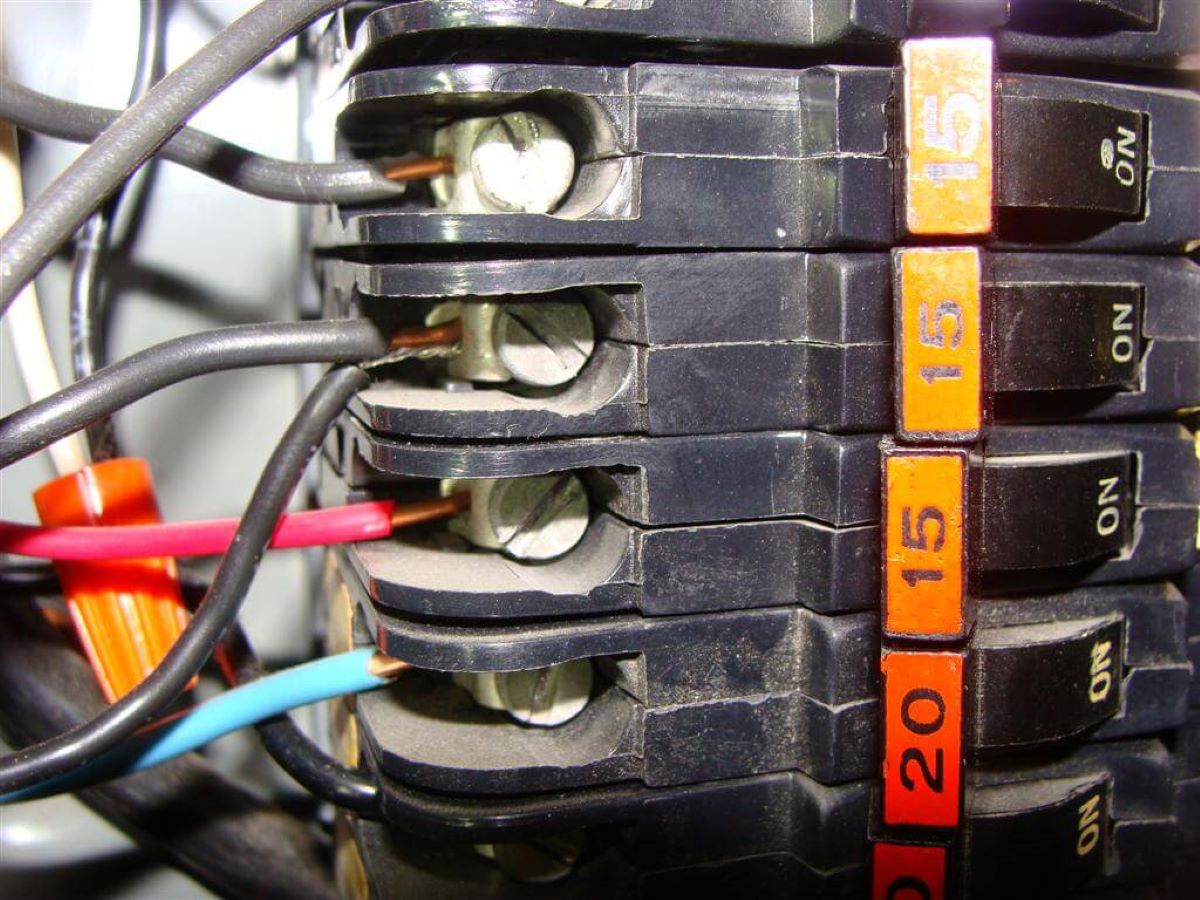

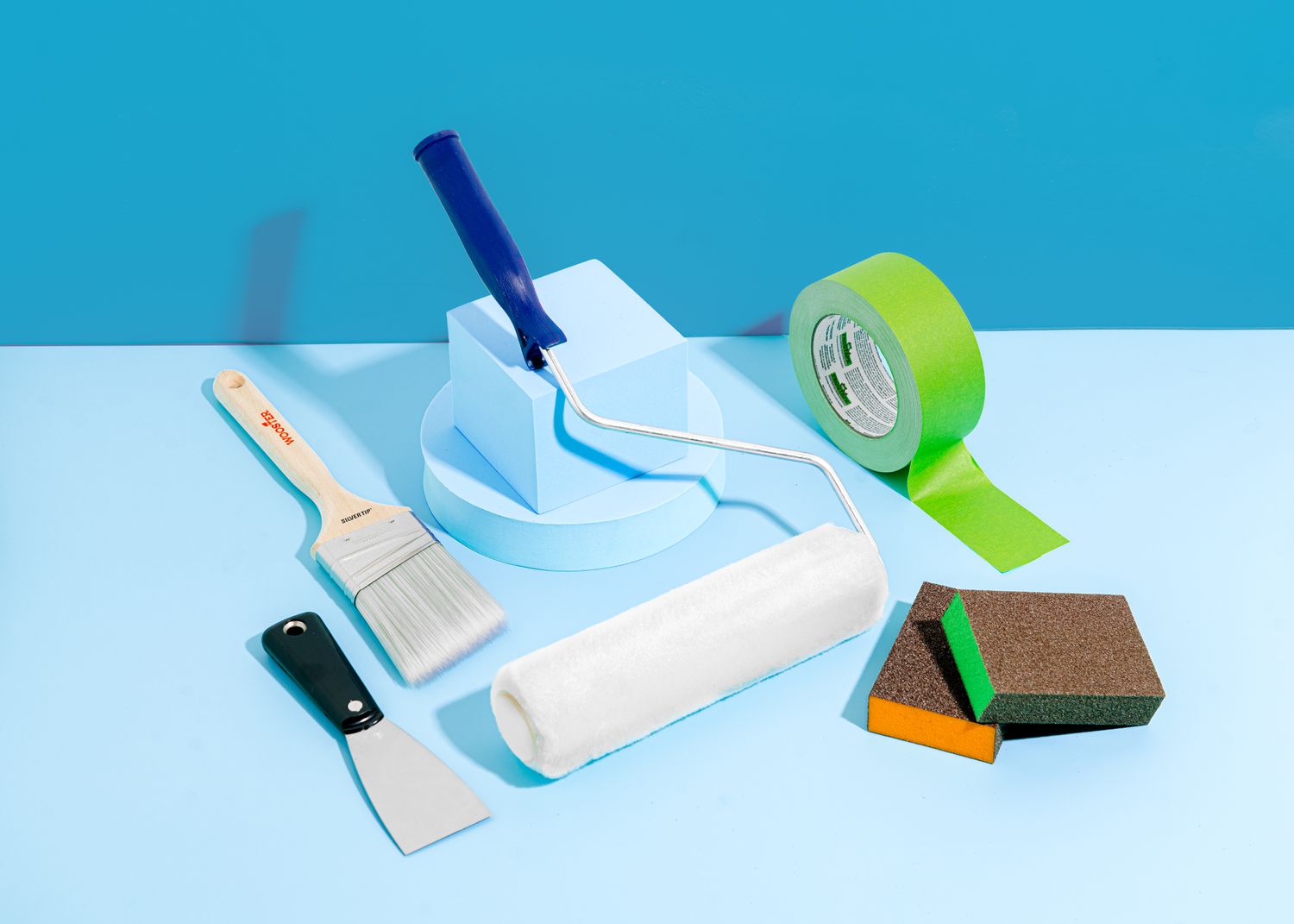
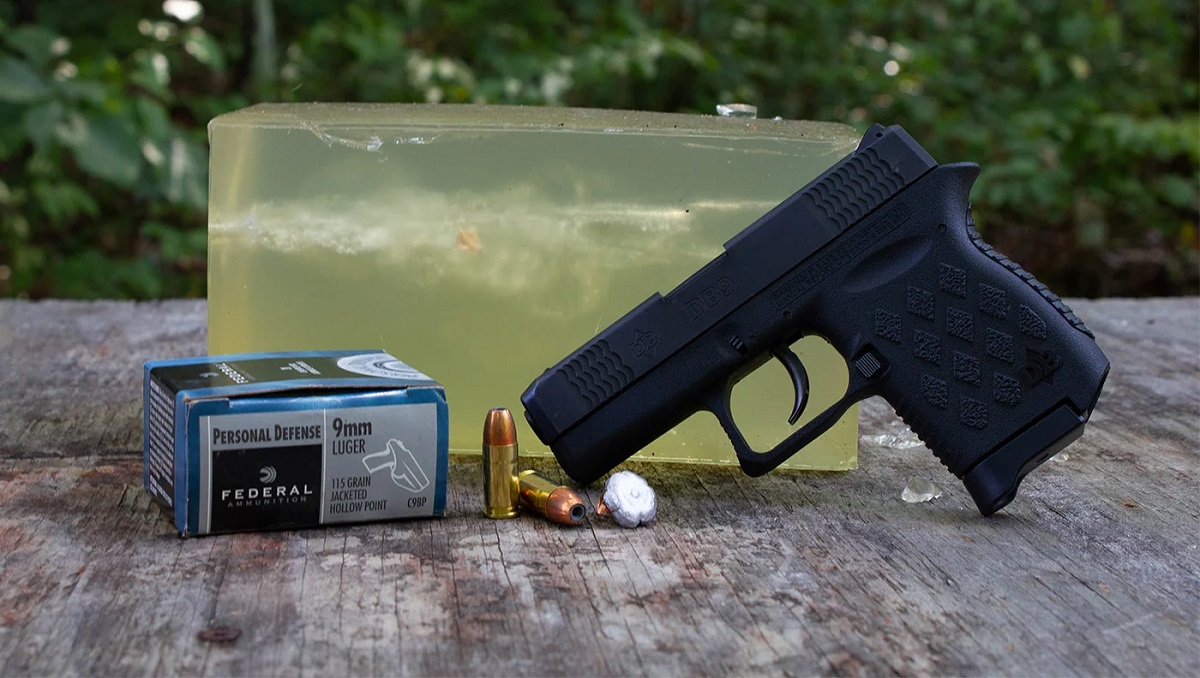

0 thoughts on “How To Store Ammo Correctly”